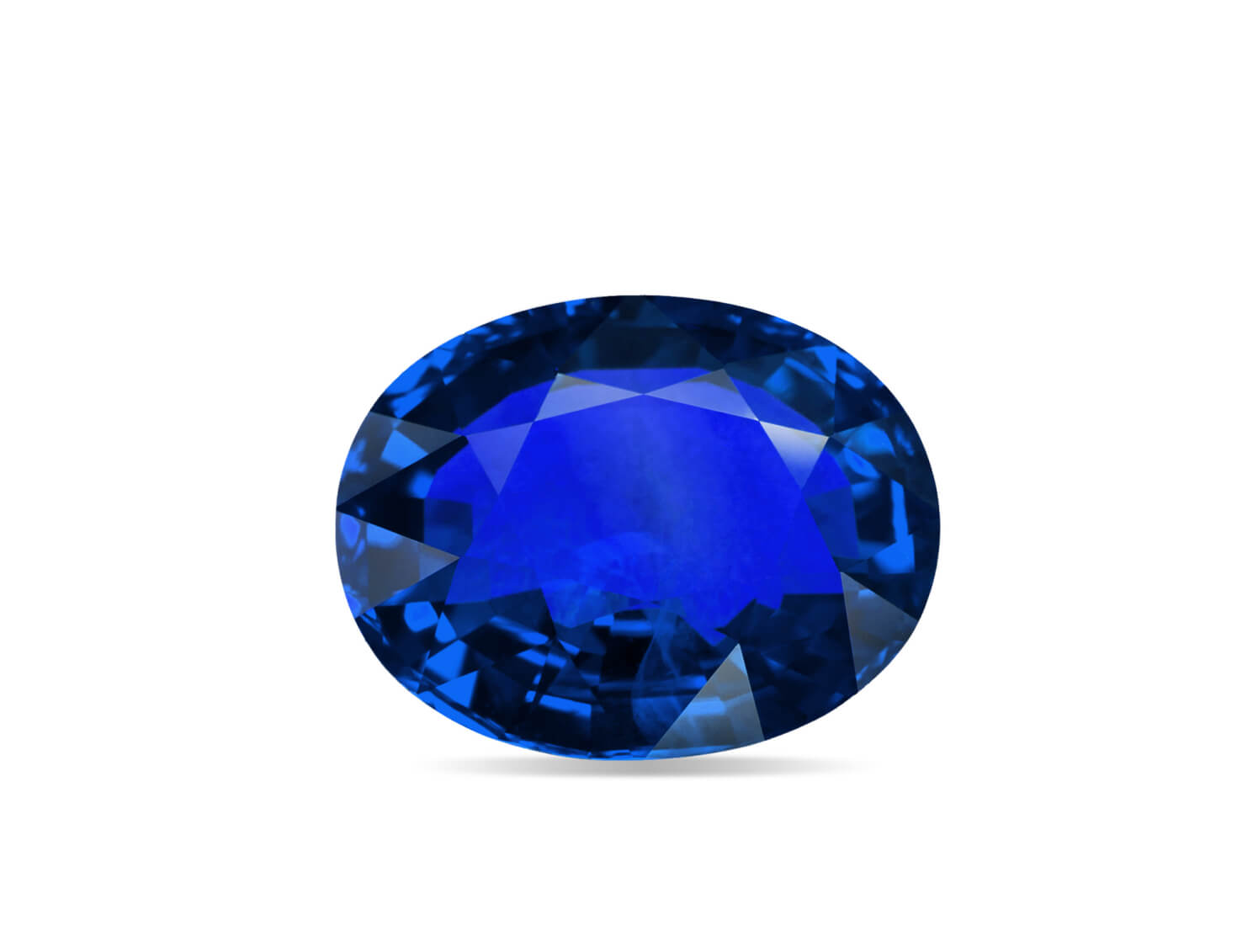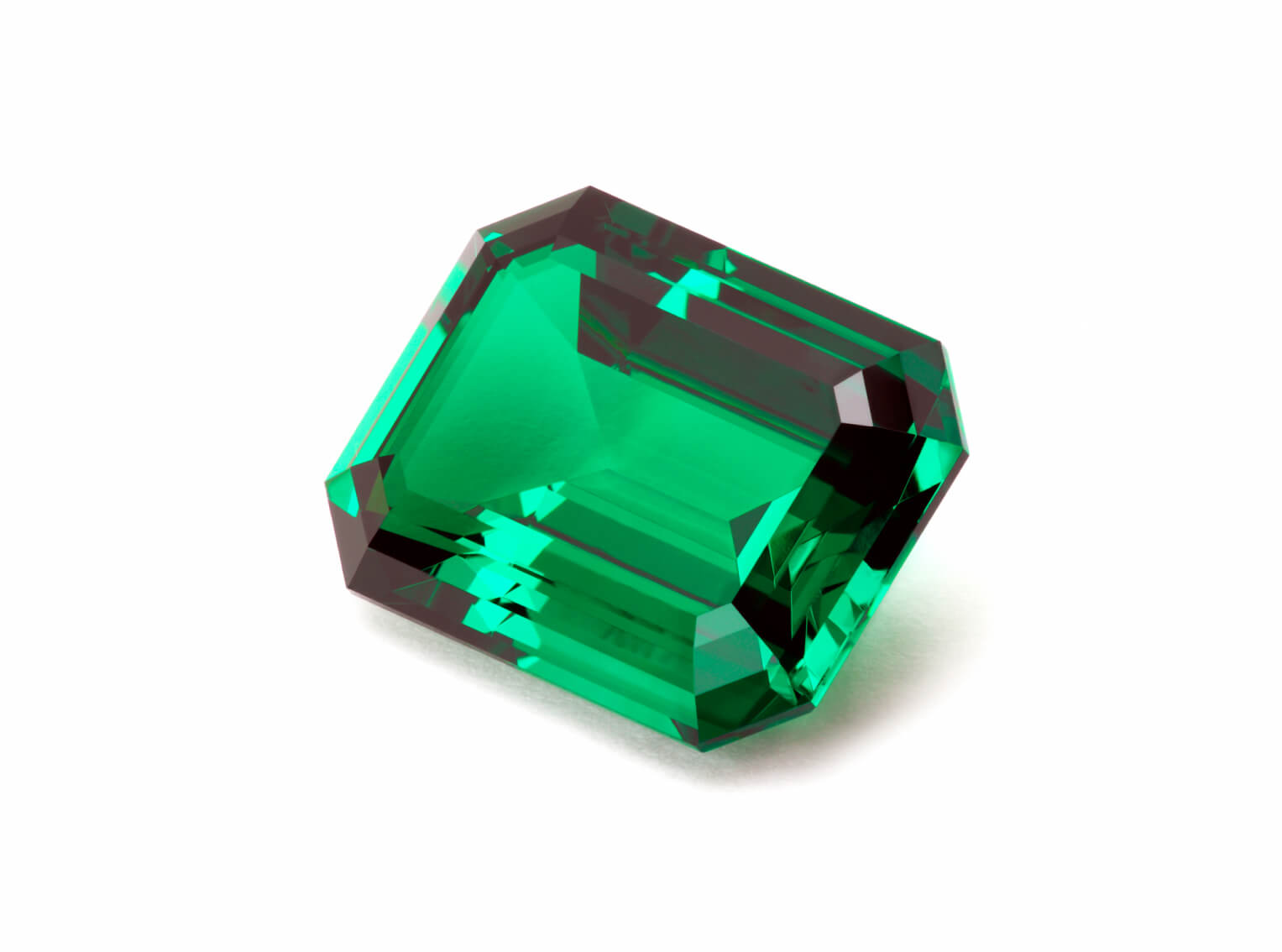Color stones
Sapphires
Sapphires belong to the corundum mineral family and can be found in all the colors of the rainbow, with blue being the most recognized hue. Other colors fall under the category of fancy sapphires. They are among the most popular colored gemstones, with their value primarily determined by their color.
Color: The most valuable sapphires are blue, with medium to dark tones and vibrant saturation that does not compromise the stone’s brilliance.
Clarity: The degree of inclusions affects both the durability and value of the stone. The clearer the sapphire, the more valuable it is.
Cut: Proper proportions and symmetry enhance the sapphire’s final color and brilliance.
Hardness: With a 9/10 rating on the Mohs scale, sapphires are durable and perfect for everyday wear.
Geographical Origin: The highest-quality sapphires come from regions such as Kashmir, Myanmar, and Sri Lanka. While 99% of sapphires undergo treatment to enhance their color, the 1% that remain untreated hold exceptional value.


Rubies
Known as the “king of gemstones,” rubies are distinguished by their intense red color, which is attributed to the chromium in their composition. They also belong to the corundum family.
Color: A ruby’s quality is defined by a well-balanced red hue. The ideal color, known as Pigeon Blood, is characterized by a vibrant red shade.
Clarity: Fewer inclusions make the stone more valuable. Clarity enhances both brilliance and luster.
Cut: A well-executed cut brings out the ruby’s color and brightness.
Treatment: Most rubies undergo heat treatment to enhance their color, a practice widely accepted in the industry when disclosed. Untreated rubies are exceedingly rare and highly valuable.
Geographical Origin: High-quality rubies are found in Myanmar, the Himalayas, and Vietnam.
Emeralds
Emeralds belong to the beryl family and are renowned for their vibrant and intense green color.
Color: The ideal emerald has a vivid green hue, resulting from chromium and vanadium. Stones with higher iron content tend to appear more bluish-green.
Clarity: Emeralds often have visible inclusions, referred to as “jardin.” The fewer the inclusions, the higher the value.
Cut: The emerald cut is the most popular, as it showcases the gem’s green color while minimizing weight loss during cutting.
Treatment: Emeralds typically undergo oil treatment to enhance their clarity.
Geographical Origin: The most renowned emeralds come from Colombia, but they are also found in Brazil and Zambia.

